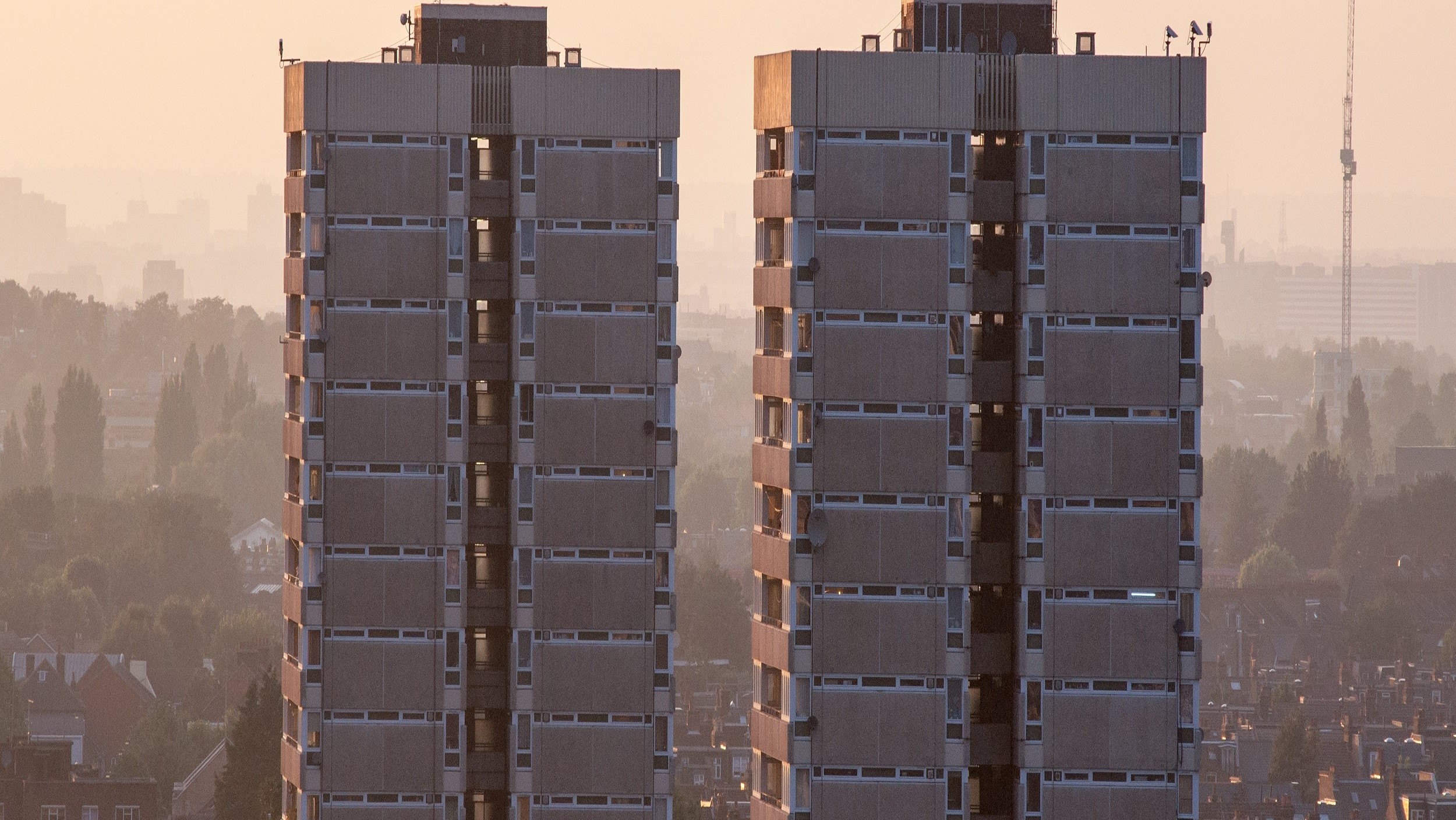
Since October 2023, the Building Safety Regulator (BSR) has become responsible for building control on all higher-risk buildings (HRBs) in England, including new residential buildings, hospitals and care homes of more than 18 metres or seven storeys high.
Developers and building owners have clear legal duties under the new regime, including applying to the BSR for building control approval before commencing any construction work. It is illegal to start work on HRBs without such approval.
In recent months, the regulator has seen an increasing number of applications, particularly for smaller refurbishment projects on existing buildings, that are incomplete or unclear.
This concerning trend has prompted the BSR to reaffirm its expectation that the industry submit quality, well-prepared and detailed building control applications, which clearly demonstrate compliance with the Building Regulations. Doing so will help to prevent costly delays and revisions.
Application quality affects approval process
High-quality applications enable the BSR to make informed decisions quickly, reducing the risk of misinterpretation and ensuring all building control standards are met.
Any applications that lack the detailed information required or that fail clearly to comply with the regime introduced by the Building Safety Act 2022 will be rejected. There are several reasons why this level of detail is essential.
- Accurate assessment: a thorough application allows the regulator to assess whether the proposed HRB project meets all regulatory standards, and that any necessary safety measures are considered from the outset.
- Efficient approval process: detailed applications reduce the likelihood of delays caused by requests for additional information or clarifications. The BSR can process well-prepared applications more quickly and smoothly.
- Avoiding delays: incomplete or unclear applications with missing details or inadequate explanations can entail further review or even rejection, causing delays and additional costs for developers.
Clarity vital to demonstrating compliance
Schedule 1, paragraph 4 of The Building (Higher-Risk Buildings Procedures) (England) Regulations 2023 requires applicants to set out in their compliance statement the approach taken to building design, why this is appropriate and ensures compliance, and what standards are applied.
To help developers meet these new requirements, the regulator offers the following tips for preparing high-quality applications.
- Comprehensive compliance: identify all aspects of the HRB project that must comply with the Building Regulations, including structure and fire safety. Compile a detailed list to ensure no aspect is overlooked, which can form the basis of your compliance documentation.
- Clarify standards and codes: clearly state which standards, codes or documents each aspect of your HRB design meets. Explain why each was chosen and how it applies to the project, providing a clear rationale, as the BSR needs a clearly explained link between the identified aspects and the Building Regulations.
- Justify compliance: include a narrative explaining how compliance has been achieved for each identified element of the HRB. This helps the BSR verify compliance without needing further interpretation.
Applicants can also access guidance and useful resources in the Building Control Authority section of the BSR's Making Buildings Safer microsite.
The BSR will not tell applicants how to comply with the requirements of the Building Regulations, or provide pre-application advice. If you need advice on the regulations, you should seek this from a competent independent consultant.
However, for complex projects – such as those involving multiple buildings – the BSR may provide advice on the best way of staging an application.
Delays emphasise need for full submissions
The BSR recognises the challenges and issues that recent delays in building control application approvals for HRBs are causing for the construction industry.
However, the necessary contingency is in place to allow us to stabilise and improve the service over the coming months, including the provision of additional resources. We are also working with industry leaders to reaffirm our expectations about the standard and quality of applications.
We urge applicants to play their part to make the approval process smoother by investing the necessary time and effort to prepare detailed submissions that clearly and comprehensively demonstrate compliance with the Building Regulations.
A presentation from a BSR conference held in May provides further useful detail and guidance for applicants on making high-quality applications.
'The BSR recognises the challenges that recent delays in building control application approvals for HRBs are causing for the construction industry'
Andrew Moore is head of operations planning and building control at the BSR, part of the Health and Safety Executive
Contact Andrew: Email
Relevant competencies include: Fire safety, Health and safety, Legal/regulatory compliance

